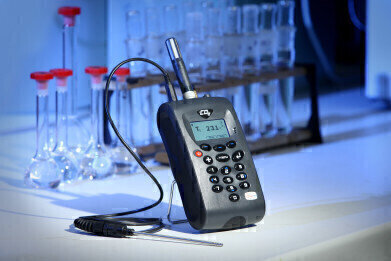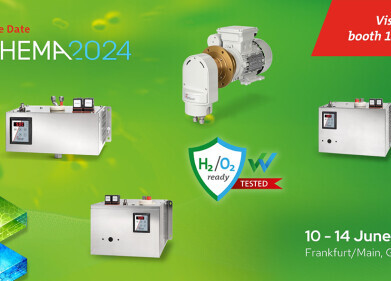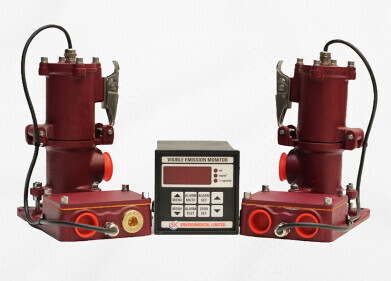Air Monitoring
CO2 Analysis Seven-Miles Deep
May 30 2012
At almost seven miles down, carbon dioxide management is critical for life support. On 26th March 2012, with James Cameron at 35,756 feet under the waves on the seabed of the Mariana Trench, he and the DEEPSEA CHALLENGE team needed real-time live data on the levels of oxygen (O2), carbon dioxide (CO2), air temperature and humidity in the sub. Those four readings from a specially modified Geotech (UK) G100 CO2 gas analyser went via a USB link into the sub’s laptop computer display and to the surface via its radio telemetry link. Monitoring O2, CO2, temperature and humidity by the Geotech G100 added to other data about the DEEPSEA CHALLENGER sub’s life support systems.
According to National Geographic’s web site for the expedition: Obviously the pilot needs adequate oxygen but equally critically he needs the CO2 and water vapour he exhales removed from the sphere’s air supply. Scrubbers absorb excess carbon dioxide, while water vapour from his breath and sweat condense on the sphere’s cool steel and trickle to the lowest portion of the sub, where it pools in a sump and can be pumped into a bag. “The sub automatically sent telemetry back to the ship with the pressure, temperature, oxygen levels, and other data. The expedition’s dive doctor reviewed these figures to make sure the sphere provided a habitable environment.”
James Cameron spent several hours on the bottom documenting what he saw and collecting samples. Making the first successful solo dive to the Mariana Trench was an historic achievement by DEEPSEA CHALLENGE, a joint scientific expedition of James Cameron, National Geographic and Rolex.
The DEEPSEA CHALLENGE team chose the G100 because of its small size, just 165x100x55mm. The G100 is in use around the world to verify life-critical conditions in medical CO2 incubators for stem-cell research, IVF embryo development and micro-biology, so the Geotech G100 CO2 analyser has a tried-and-tested medical gas pedigree. Instead of its usual flying leads to measure temperature and humidity within CO2 incubators, the Geotech team altered the setup for the G100 so it had its probes attached to the unit, as does the Geotech G110 gas analyser. They purpose-built other components during manufacture and then individually programed each of the five units. The Geotech team rapidly developed bespoke software to run on the sub’s laptop to read the live data from the G100 analyser via USB.
Digital Edition
IET 34.2 March 2024
April 2024
Gas Detection - Biogas batch fermentation system for laboratory use with automatic gas analysis in real time Water/Wastewater - Upcycling sensors for sustainable nature management - Prist...
View all digital editions
Events
May 03 2024 Seoul, South Korea
May 05 2024 Seville, Spain
May 06 2024 Minneapolis, MN, USA
May 13 2024 Munich, Germany
May 15 2024 Lund, Sweden


















